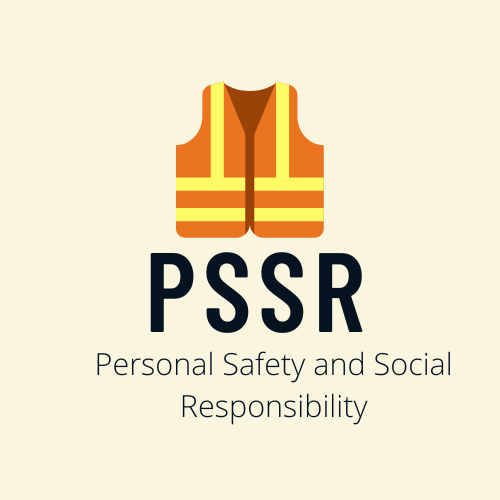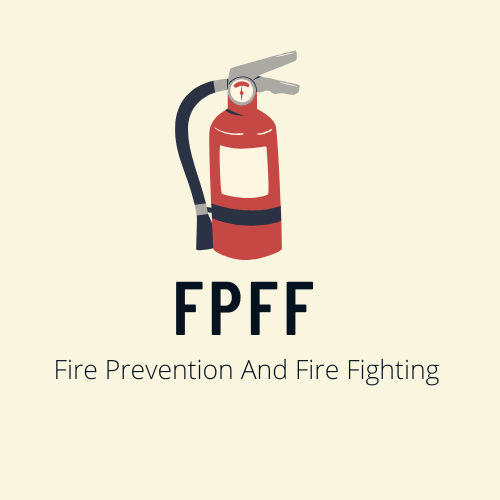LGTF exit exam questions and answer quiz contain questions Answer
If you find any questions incorrect, please let us know by Clicking here
1) LNG carriers are designed and constructed to meet the stringent standards of which code?
A) International code for the construction and equipment of ships carrying Liquefied gases in bulk (IGC Code).
B) The International Code for the Construction and Equipment of Ships Carrying Dangerous Chemicals in Bulk (IBC Code)
C) The International Code of Safety for Ships using Gases or other Low-flashpoint Fuels
D) Rules of Classification Societies.
2) What is the IGC code definition for liquefied gas:
A) Products have a saturated vapour pressure of 1.76 bar absolute at 37.8 deg cel/100 F.
B) Products have a vapour pressure exceeding 2.8 bar absolute at 37.8 deg cel/100 F.
C) Products have a saturated vapour pressure of 2.8 bar absolute at 38.7 deg cel/102 F.
D) Product have a saturated vapor pressure of 1.77 bar absolute at 38.7 deg cel/102 F.
3. What type of tanks are completely self-supporting and neither form a part of the ships hull nor contribute to hull strength?
A) Independent tank.
B) Membrane tank.
C) Semi- Membrane tank.
D) None of the above.
4) Type of gas carrier based on hazardous nature of cargo, which has maximum preventive measure?
A) Type 1G
B) Type 2G.
C) Type 2PG.
D) Type 3G.
5) The carriage of LNG requires a certificate of trading called as:
A) Pollution prevention certificate for GAS carriers.
B) International Certificate of Fitness for the carriage of Liquefied gases in Bulk
C) IGC & IGC code Certificate.
6) How can a gas be liquefied:
A) By mixing gases of higher density.
B) By the application of pressure or by cooling.
C) By fusion in a closed chamber.
D) By evaporation in a closed chamber.
7) Why is LNG liquefied for sea transportation:
A) The ship can choose the form of natural gas.
B) Natural gas transportation by sea is banned.
C) LNG has a higher calorific value than natural gas thus increases revenue.
D) It makes it more economical to transport.
8) Which of the following statements is true for gas law according to Gay- Lussac's law
if : P=PRESSURE, T = TEMPERATUE & V =VOLUME
A) Pressure= Constant - Temperature
B) Pressure= Constant + Temperature
C) Pressure = Constant X Temperature
D) Pressure = Constant /Temperature
9. Which of the following statements is true for gas lawaccording to Charles's law
if : P=PRESSURE, T = TEMPERATUE & V =VOLUME
A) Volume= Constant - Temperature
B) Volume= Constant + Temperature
C)Volume = Constant / Temperature
D) Volume = Constant X Temperature
10) Which of the following statements is true for gaslaw according to Boyle's law
if: P=PRESSURE, T = TEMPERATUE & V =V0LUME
A) Pressure= Constant /Volume
B) Pressure= Constant + Volume
C) Pressure = Constant - Volume
D)Pressure = Constant X Volume
11) LNG (Methane) Boiling point at atmospheric pressure is:
A) -259 Deg F/-162 Deg C
B) -360 Deg F/-218 Deg C
C)-159 Deg F /-106 Deg C
D)- 256 Deg F / -160 Dec C
12) LNG vapour explode when it is mixed with air within the flammable range of:
A) 25 to 30 Percent.
B) 5 to 15 Percent.
C) 40 to 50 percent.
D) 6 to 18 Percent.
13) Which of the following is characteristics of LNG?
A) LNG is Odour less.
B) LNG is Non-Toxic.
C) LNG is colorless.
D) All of the above.
14) After unloading liquid from the cargo tank, small quantity of cargo is not pumped out which is called as
A) Liquid Trap.
B) Mole
C) Heel.
D) OBQ.
15) What is the main reason for a membrane class LNG tanker to retain HEEL during ballast passage?
A) To ensure easy starting of cargo pumps.
B) To maintain cold temp inside cargo tank.
C) To Prevent air ingress.
D) To reduce consumption of fuel.
16) What is the designed boil off rate for a typical membrane type LNG carrier?
A) 0.05 % of full cargo tank capacity per day.
B) 0.15 % of full cargo tank capacity per day.
C) 0.25 % of full cargo tank capacity per day.
D) 0.5 % of cargo.
17) What is a cofferdam?
A) Tube fitted in a ullage hole.
B) Void or empty spaces separating two tanks.
C) Opening in the deck used for tank cleaning.
D) Area where product is loaded.
18) How would you determine if a submerged LNG pump is working correctly i.e. pumping at the correct rate?
A) Check thickness of ice on pipes.
B) Check the temperature of the pump.
C) Listen to the noise in pipe.
D) Check the motor amperage.
19) A pump used to increase the discharge pressure from another pump (such as cargo pump) is called as?
A) Hydraulic Pump.
B) Main cargo Pump.
C) Spray Pump
D) Booster Pump
20) Which cargo equipment is provided on LNG tanker to convert LNG liquid into LNG vapour:
A) Cargo Heater.
B) Reliquefication Plant
C) Vaporizer
D) Compressor
21) Which cargo equipment is provided on LNG tanker to convert LNG Vapour into LNG Liquid:
A) Cargo Heater.
B) Reliquefication Plant
C) Vaporizer
D) Compressor
22) IGC code requires each cargo tank to be fitted with at least liquid level gauge:
A) Two.
B) One
C) Three
D) Four
23. When a float gauge is not in use, where should the float be:
A) Hang above the liquid level.
B) Left down
C) The float should be retrieved and housed.
24) Setting can be changed on pilot operated relief valves to increase the lifting pressure as long as this does not exceed the MARVS. What does MARVS stand for?
A) Maximum allowable relief valve setting.
B) Minimum allowable relief valve setting.
C) Measurable allowable relief valve setting.
D) Maximum average relief valve setting.
25) If all the pumps failed in a Moss type tank full of liquid LNG, how would you get the cargo out?
A) Use a stand by pump.
B) Pressurize the tank to push the liquid out.
C) Use emergency pump.
D) Use a manual pump.
26. If all the pumps failed in a Membrane type tank full of liquid LNG, how would you get the cargo out?
A) Use a stand by pump.
B) Pressurize the tank to push the liquid out.
C) Use emergency pump.
D) Use a manual pump.
27) Propellant for fixed DCP system used on LNG carriers is
A) Nitrogen.
B) Carbon dioxide.
C) Compressed Air.
D) None of the above.
28) For what purpose do we have deck water spray system onboard gas carriers?
A) Flash cargo spilled overboard.
B) Flash cargo spill overboard and cool down cargo area.
C) For deck and pipeline washing
D) No such system is installed
29) Following are means of links available onboard to connect ships ESDS to shore ESDS, except?
A) Pneumatic link.
B) Electrical Link.
C) Bluetooth Link.
D) Fiber Optical Link.
30. What is the melting point temperature of the ESDS automatic fusible elements normally fitted onboard?
A) Between 100 & 104 Deg Celsius.
B) Between 80 & 100 Deg Celsius.
C) Between 90 & 100 Dee Celsius.
D) Between 98 & 104 Deg Celsius.





